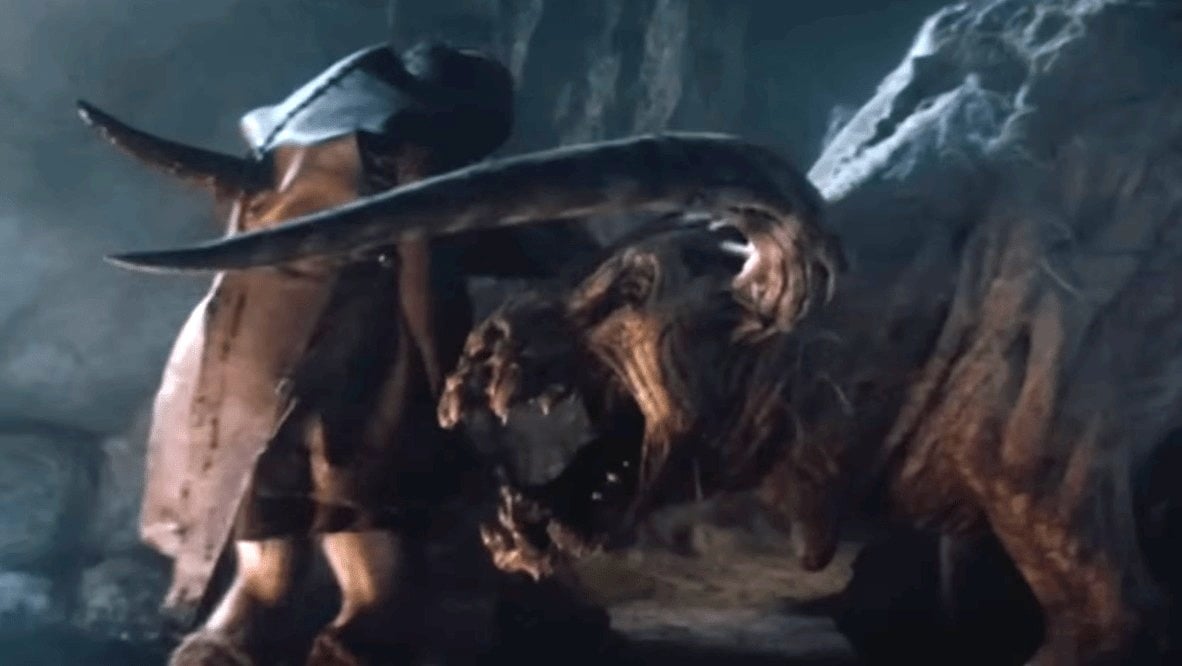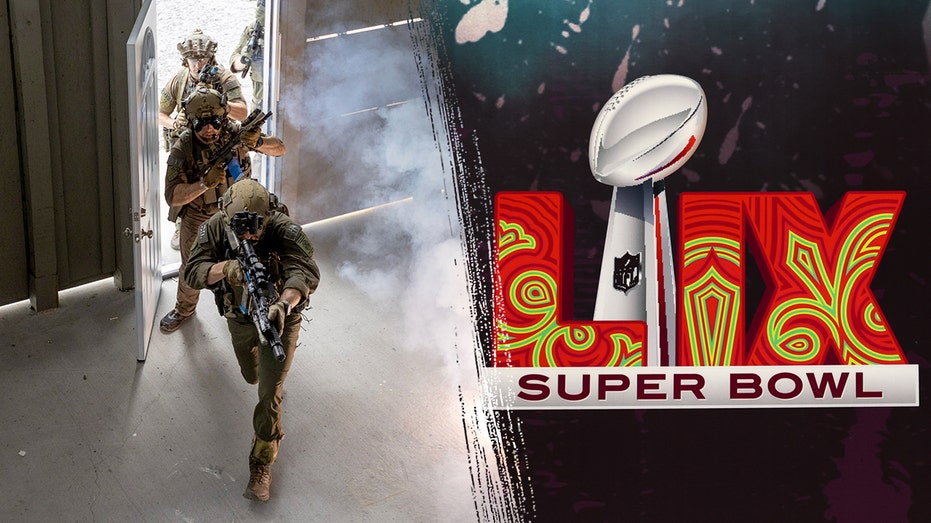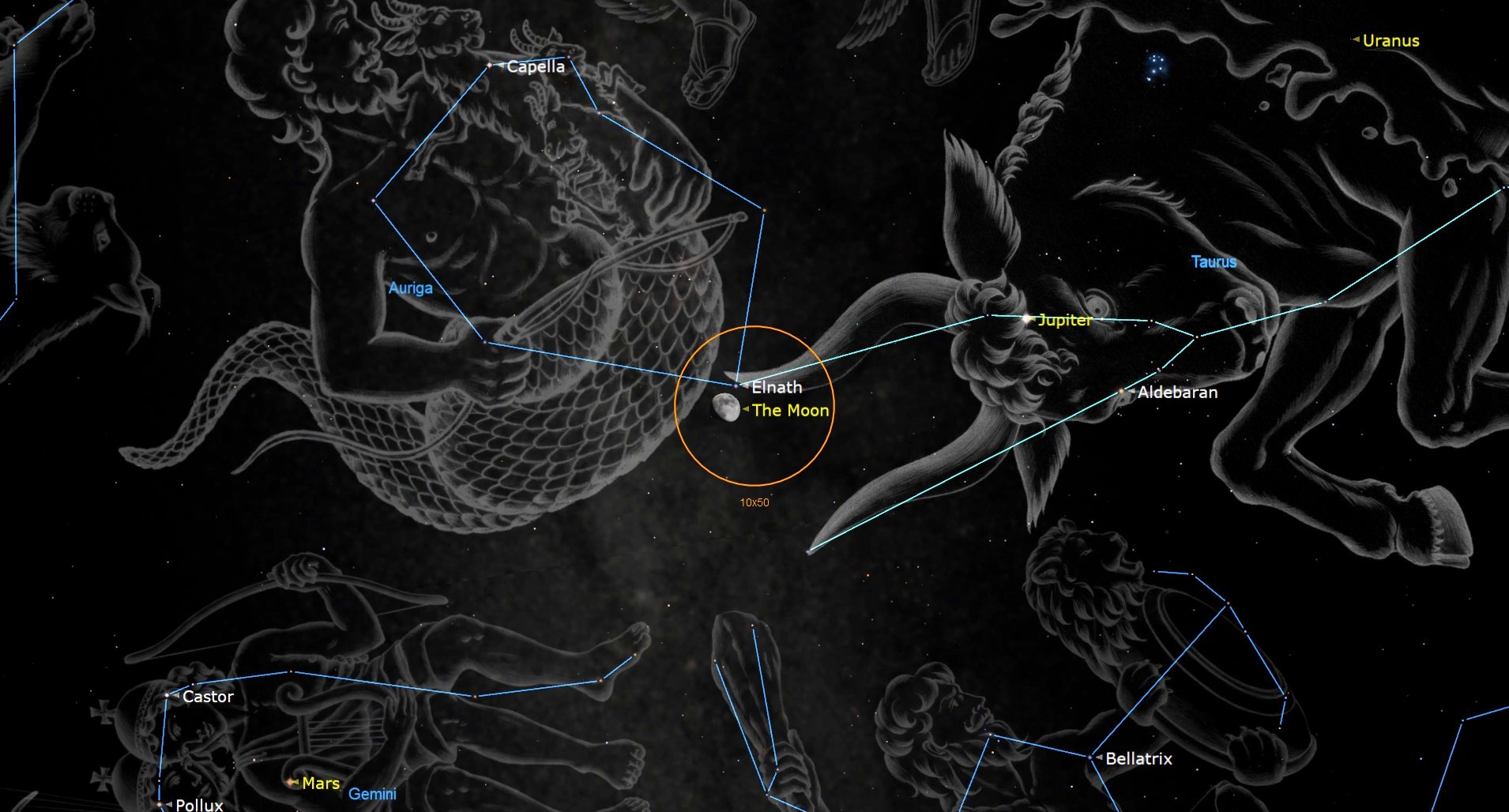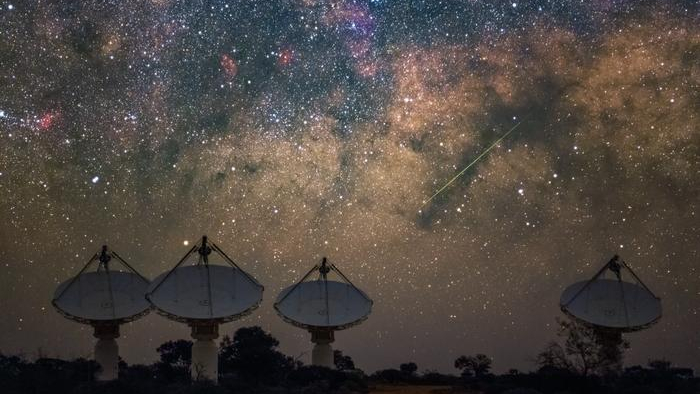The Mythological Thrills of Bull God Horror Movie ‘Minotaur’ Starring Tom Hardy
Like most nerdy kids, I went through a Greek mythology phase in my youth. And among geeky disappointments like finding out that Hercules was actually a jerk and realizing that Xena: Warrior Princess wasn’t a canonical Greek hero, I was also pretty bummed by the fact that filmmakers never seemed to get my favorite mythic […] The post The Mythological Thrills of Bull God Horror Movie ‘Minotaur’ Starring Tom Hardy appeared first on Bloody Disgusting!.

Like most nerdy kids, I went through a Greek mythology phase in my youth. And among geeky disappointments like finding out that Hercules was actually a jerk and realizing that Xena: Warrior Princess wasn’t a canonical Greek hero, I was also pretty bummed by the fact that filmmakers never seemed to get my favorite mythic yarn right – that of Theseus and the Minotaur.
In fact, I still think that we’ve yet to see a definitive cinematic take on this ancient tale of bovine terror, but that doesn’t mean there haven’t been some honorable attempts at turning the story into a thrilling movie. So today, I’d like to look back on a mostly forgotten movie that attempts to re-imagine the myth as a fantasy-horror epic akin to Mathew Robbins’ Dragonslayer. Naturally, I’m referring to Jonathan English’s 2006 Sci-Fi original Minotaur, an ambitious creature feature that I believe has more redeeming value than its detractors would have you believe.
Jonathan English is no stranger to incorporating horrific elements into his action-heavy work, with his heavy-metal siege movie Ironclad almost feeling like a medieval John Carpenter flick, but Minotaur remains the director’s scariest endeavor. A horror film with strangely epic sensibilities, the project was backed by a myriad of overseas production companies who managed to scrounge together $7 million dollars for a fantasy blockbuster that was supposed to be shot like a slasher movie.
Relocating the production to Luxemburg due to the country’s tax breaks, English managed to secure enough leftover funding to recruit an assortment of talented thespians that could bring this ancient world to life. And while the auxiliary cast is mostly makes up for recycled sets and questionable costume designs, the director’s biggest achievement here was in recognizing the young Tom Hardy as a respectable leading man despite the actor’s troubled history with indie productions (as well as an arrest-record that prevented him from shooting in America at the time).
In the finished film, which premiered on SyFy in March of 2006 (back when the network was still called The Sci-Fi Channel), we’re presented with the Bronze-Age story that supposedly inspired the original Greek myth of the Minotaur. Instead of Theseus, we follow a young man named Theo (Hardy), a shepherd from the village of “Thena” who decides to challenge the tyranny of King Deucalion (Tony Todd) after years of seeing his countrymen being taken away to be sacrificed to the fearsome Bull God that resides underneath the Minos Empire.
SO WHAT WENT WRONG?

While the straight-to-video release and Sci-Fi Channel premiere mean that Minotaur was almost certainly profitable, the film was almost unanimously maligned by critics. Most reviewers compared the flick’s production value unfavourably to similar fantasy flicks like The Scorpion King, while others criticized what they perceived to be a Frankenstein’s Monster of a script made from disparate parts of other, better, movies.
While I wouldn’t be writing this piece if I didn’t disagree with the general assessment that this is an irredeemably bad movie, I have to concede that the critics made a few fair points. For starters, the script is clearly borrowing more from cinematic fantasy than any kind of ancient mythology, though this is par for the course when it comes to movies based on Greek myths. Unfortunately, this artistic license also extends to the titular monster, with our horned antagonist baring little resemblance to the half-man/half-bull that we all know and love.
Beyond these conceptual flaws, the film also suffers from the familiar lack of resources that you usually see in made-for-TV productions. As a fan of trashy genre TV that reaches further than its resources can grasp, I don’t personally mind the use of cheap armor that looks like it was borrowed from a friendly LARP group (even if the horned helmets look more like antelopes than bulls) or sets that were almost certainly repurposed from Stargate Atlantis, but I can understand why other viewers have a hard time taking this movie seriously.
Lastly, I feel that I have to mention the film’s slightly misguided portrayal of people of color. At first glance, having the conquering empire not be comprised of English caricatures feels refreshing after decades of Star Wars clones (especially since the movie goes out of its way to explain that it doesn’t take place in ancient Greece), but between the exoticized sexuality and bizarre drug use on display here, there’s something decidedly uncomfortable about how this predominantly Black empire is depicted onscreen.
THE SILVER LINING

I’m generally more forgiving of films that are clearly punching above their weight despite the limitations of their budgets, so I can’t help but admire Minotaur despite all its faults. And after revisiting the movie with an open mind, I actually think that there are plenty of interesting ideas buried underneath all the made-for-TV jank.
For starters, I really like the pre-history angle that justifies the flick’s deviations from established history and mythology, with this added creative liberty harkening back to the fantastical works of writers like Robert E. Howard. That’s why it doesn’t make sense for critics to complain about historical inaccuracies or even the monster’s design, as all of these things can technically be explained by future storytellers embellishing the “facts.”
I also really appreciate Minotaur’s badass casting. While Rutger Hauer only has little more than a brief cameo as the Chieftain of Thena, Tony Todd uses the movie’s fantastical setup as an excuse to unleash his classical training in fascinating ways. Sure, Hardy makes for a surprisingly compelling lead despite the script not doing much for his character, but Todd’s presence is downright magnetic as King Deucalion schemes to conceive a child with his own sister and engages in desperate one-sided conversations with his so-called god.
Of course, the Minotaur itself is the star of the show here, with the combined use of both life-sized puppetry and CGI making for some thrilling effects sequences – and that’s not even mentioning the movie’s incredible use of gore. The monster’s first on-screen impalement is a wonderfully brutal surprise, and I love how English teases us with the design for quite a while before revealing the full creature. In fact, the ultimate reveal is kind of underwhelming when compared to the excellent buildup that came before, though I still enjoy the unique undead design that the filmmakers came up with.
I’ve never really cared if a movie boasts expensive-looking sets and visual effects so long as it tells an interesting story. And while Minotaur is by no means a hidden gem, it’s no less ridiculous than fan-favorites B-movies like The Beastmaster which also dared to tell tales larger than their budgets should have allowed. So if you find yourself hungry for a silly yet entertaining creature-feature featuring plenty of practical gore effects as well as a starry-eyed Tom Hardy, I’d definitely recommend checking out Minotaur.
Watching a bad movie doesn’t necessarily have to be a bad experience. Even the worst films can boast a good idea or two, and that’s why we’re trying to look on the bright side with The Silver Lining, where we shine a light on the best parts of traditionally maligned horror flicks.
The post The Mythological Thrills of Bull God Horror Movie ‘Minotaur’ Starring Tom Hardy appeared first on Bloody Disgusting!.













































































